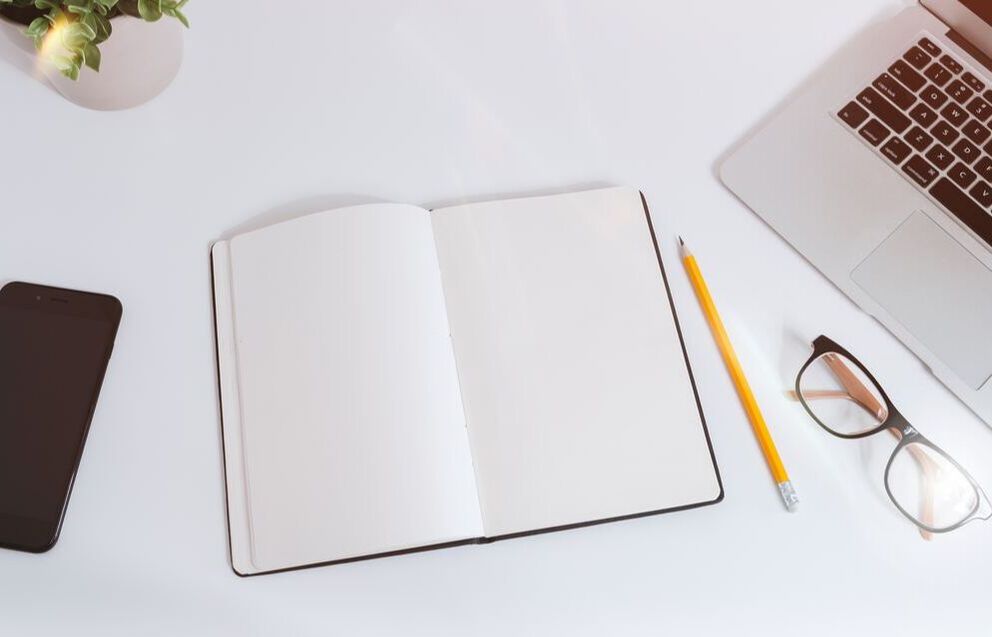

One of my favorite topics in supporting Play Therapists is the work that happens at the edges of the practice. Like, all the tasks that you need to do when the client leaves the office (or the camera is clicked off)! The notes, the documentation, the scheduling, and coordination. All. The. Things.
One thing I have realized is that most therapist really hate progress notes.
Okay, so here’s a secret, I actually kind of like doing my notes. I get so much rich insight during my documentation that I might not have realized due to high levels of attunement and presence during the session.
Like true lightbulb moments.
I also realize that I am in the minority here and that most therapists despise notes. I think I have the uncomplicated relationship with notes because I get them done within my workday without any paperwork hours. No late nights, no weekends, just tucked into my regular therapy day!
I wanted to share some of my Play Therapy documentation tips for progress notes that might have you reevaluating your relationship with your notes….like from completely stressed out to seamless?
Here are my top 4 tips on more efficient notes for play therapy:
Know your theory
The content of your note is going to come directly from the theory you use. My Child Centered Play Therapy Notes sound completely different than my Cognitive Behavioral Play Therapy notes. It makes sense, right? Different theories are going to use different interventions and different techniques. Go back to your foundational trainings/texts and identify the top interventions from your theory that you use in your practice and use that exact language in your notes.
Include the “What” and “How”
Identify the top toys the client engaged with during the session. Include information if they focused on one toy/type of toy or multiple. Did they play in the doll house for the entire time? Did they switch between 15+ toys including the dart guns and the swords? This is not meant to be a narrative of the entire play session, but include important information about the feel and the flow. Was the energy high or low? Were there periods of chaos followed by calm?
Get clear on your top interventions and techniques
After going back to the basics write down your top 5-10 interventions that you use most frequently and separate list of what goals you may be wanting to accomplish. Why is the child engaging in a sand tray? What is the purpose of playing Candy Land? How does all of this tie to therapeutic goals?
Keep it simple, keep it short
Spoiler alert – my notes are very boring. Well…maybe not to an auditor who is introduced to the turtle that was viciously attacked by a lion, but they are pretty cookie cutter. I have a lot of the same types of sentences altered for the specific client content. I created this training HERE on writing seamless notes as efficiently as possible and reviewed tons of my notes to come up with the basic phrases I use most often. I guarantee if you do a note audit you will quickly identify your top statements you use with clients to begin to compile your own list.
Check out some of these examples of my most used phrases in my Data section of my notes:
If you need a little more note writing support take The 5 Minute Note Course - where 10 days transforms your notes from novels to efficient and effortless! The course also includes special bonus play therapy note templates!